The award-winning Ipswich Heritage Program includes more than 7400 places and items of interest. Today we take a look at five of the more unusual listings.
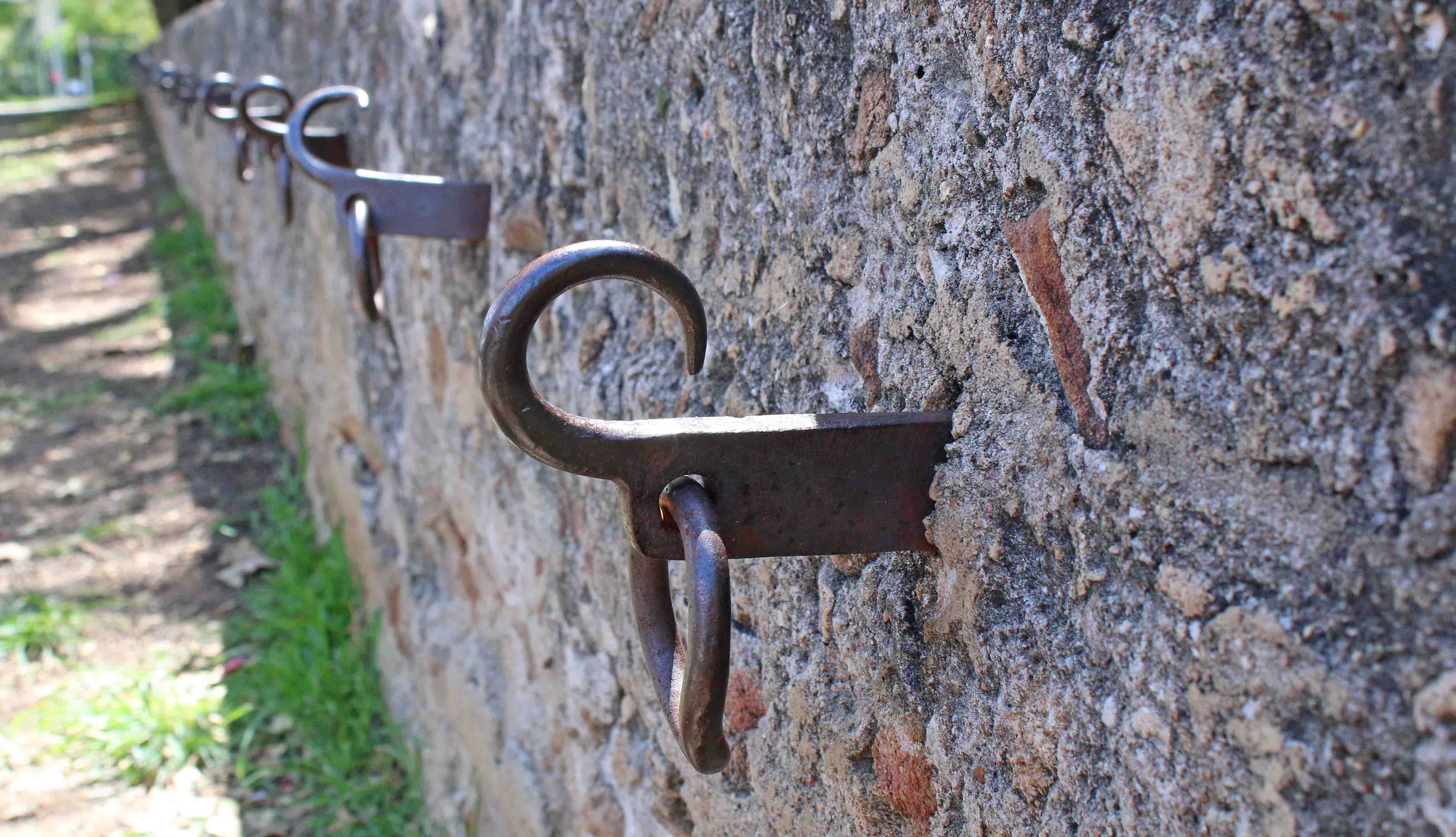
Hitching rail (Elizabeth Street, Ipswich)
Located opposite St Mary’s Church in Elizabeth Street, this horse hitching rail was handmade by blacksmith Robert Campbell.
It was used by members of the congregation who arrived on horseback and is the only surviving hitching rail fence in Ipswich.
Council researchers are trying to work out when the rail was built. If you can help solve this horse headscratcher email [email protected]
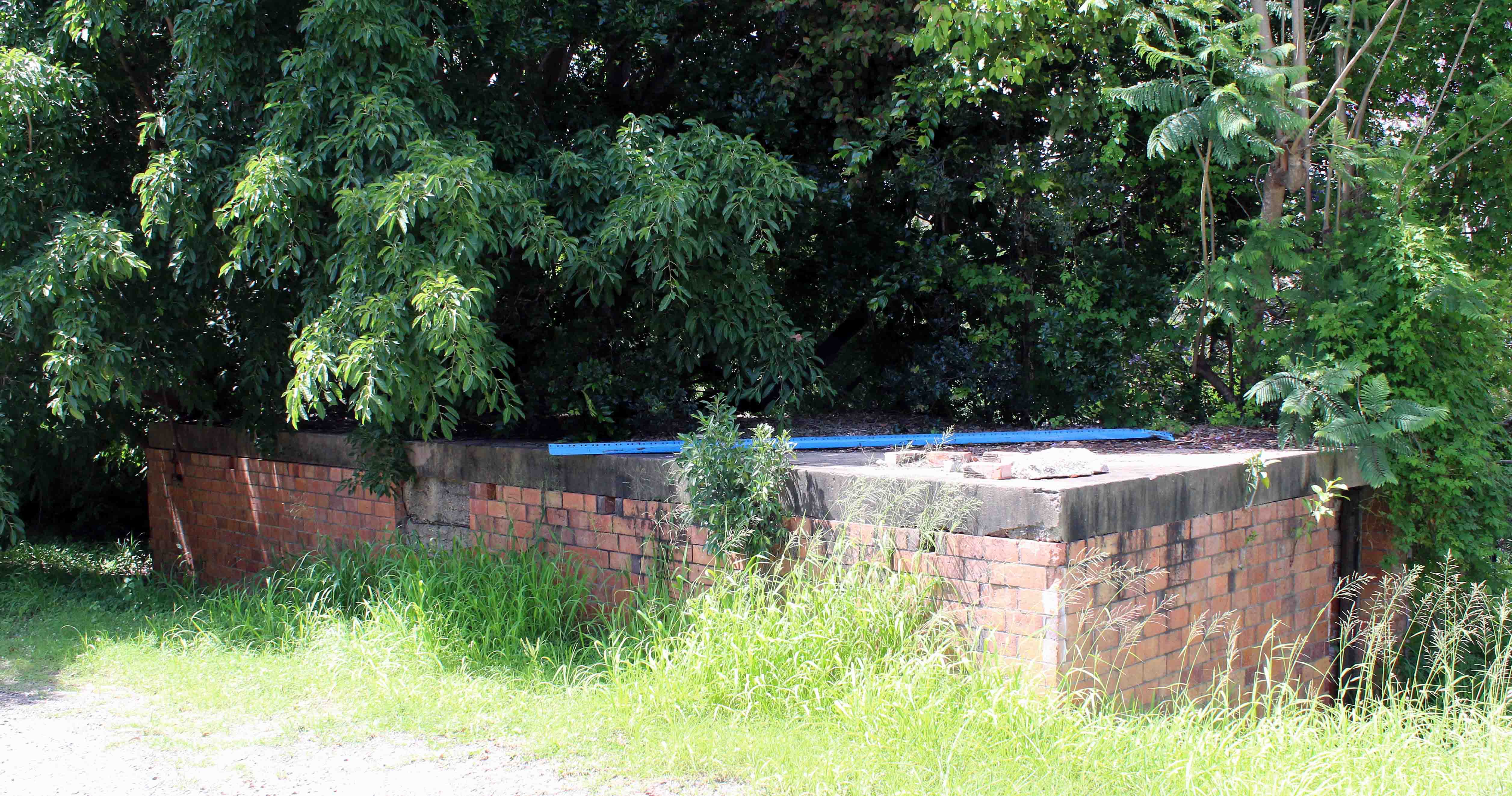
WWII shelter (The Terrace, North Ipswich)
This air raid shelter from WWII was built using two layers of bricks with reinforced concrete infill.
Four shelters dotted Limestone Street in January 1942 and there were plans to build another 10 at key locations across the CBD.
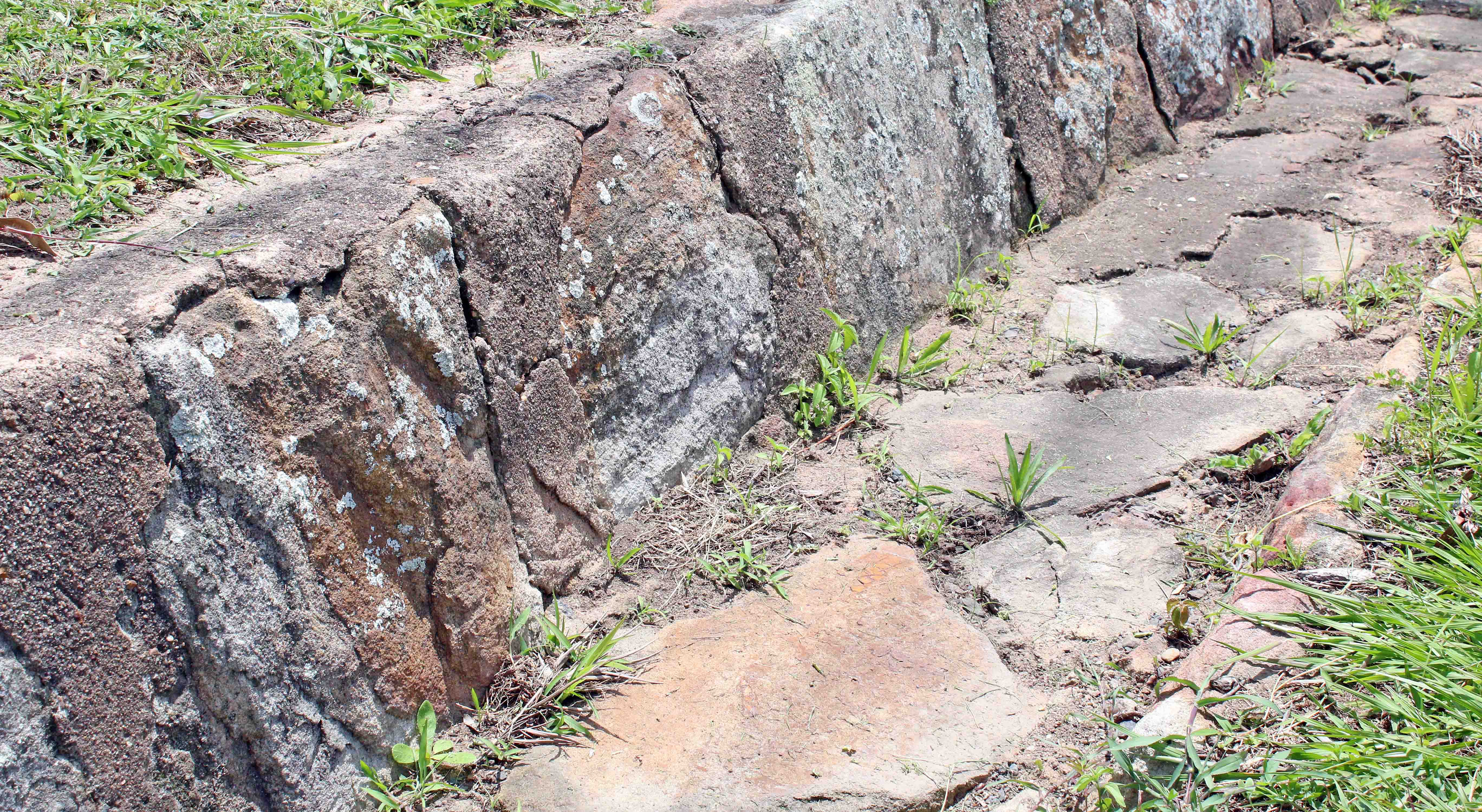
Sandstone kerb and channel (Brisbane Road, Redbank)
Local governments played an important role in unemployment relief during the Great Depression of the 1930s.
In 1935 Moreton Shire Council announced a £10,000 plan to construct footpaths along the main road between Bundamba and Redbank.
This sandstone and limestone section remains intact opposite Tile Street.
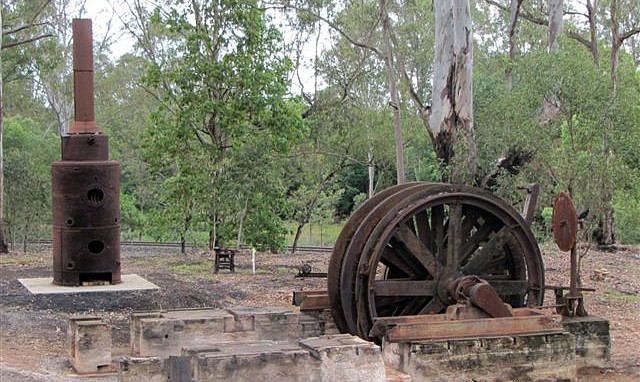
Winding engine (Ella Street, Blackstone)
The engine nicknamed Jessie Brown was built at Victoria Foundry in Sandhurst, Bendigo in 1887.
It was installed at West Moreton Colliery in Ipswich later that year, where it was used to control a mining cable, and was said to be “the most powerful piece of mechanism in South Queensland”.
It is named after the eldest daughter of Peter Brown, chairman of West Moreton Coal and Coke Company Limited and a former mayor of Ipswich.
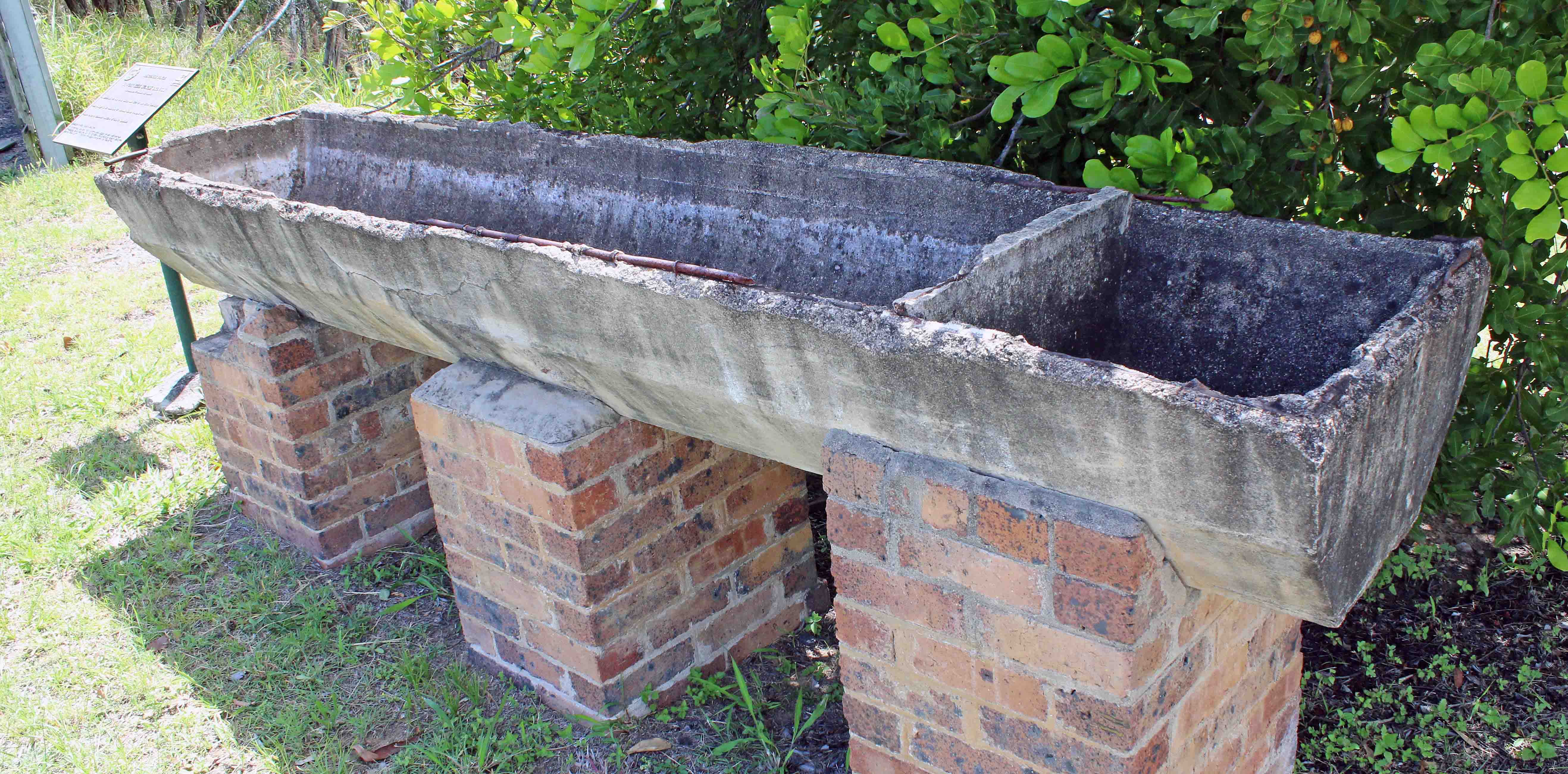
Water trough (Corner of Tantivy and Moores Pocket roads, Tivoli)
Water troughs were installed throughout Ipswich in the early 1900s.
This concrete trough on Tivoli Hill was built in 1921 and was used by milk carters who worked at the dairy in Moores Pocket.
Records show carters took their horses to the trough for a rest and refresh that was likened to “a petrol kerb pump for motor traffic”.
Ipswich Heritage Program or Queensland Heritage Register? It’s all about significance
Local and state heritage listings reflect different levels of significance and are regulated by the respective levels of government.
Local governments like Ipswich City Council protect places that have importance or significance at a local level.
The Ipswich Planning Scheme includes provisions to identify and protect places of cultural heritage significance as part of the Ipswich Heritage Program.
The Queensland Government protects places that have importance or significance at a state level.
These form part of the Queensland Heritage Register, which is administered by the Department of Environment and Heritage Protection and the Queensland Heritage Council.


0.5
4.5
5